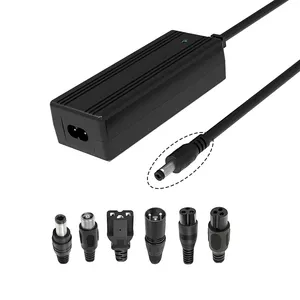Exploring the Versatility of 48V 30A Battery Chargers
The 48v 30a battery charger stands as a pivotal component in the maintenance and operation of a wide array of battery-powered devices and vehicles. Designed to deliver efficient charging to 48-volt batteries, these chargers cater to a diverse range of applications, from consumer electronics to transportation tools.
Types and Applications
Different types of 48 volt 30 amp battery chargers serve various purposes. Portable chargers offer the convenience of charging on the go, essential for those who rely on electric vehicles or gadgets. Trickle chargers, on the other hand, are ideal for maintaining a charge over extended periods, preventing the natural discharge of batteries in stored vehicles such as cars, boats, and motorcycles.
Features and Materials
A battery charger 48v 30 amp is often equipped with features such as temperature control and short-circuit protection, ensuring safety and longevity. The construction of these chargers typically involves robust materials that can withstand the rigors of frequent use, providing durability and reliability.
Advantages of Using a 48V 30A Charger
Utilizing a 48v 30 amp battery charger comes with several benefits. These chargers are designed to optimize charging times without compromising battery life, making them an efficient tool for managing power needs. Additionally, the portability of certain models adds a layer of convenience for users who are on the move.
Choosing the Right Charger
Selecting the appropriate battery charger 48v 30a requires consideration of the specific needs of the device or vehicle. Factors such as charging speed, compatibility, and portability play a crucial role in ensuring that the charger meets the user's requirements.
Integration in Various Industries
The 48v 30a battery charger is a necessity across multiple sectors, including corporate offices, educational institutions, and manufacturing facilities. Its versatility makes it a staple component in ensuring the operational readiness of equipment and vehicles across these industries.













































 浙公网安备 33010002000092号
浙公网安备 33010002000092号 浙B2-20120091-4
浙B2-20120091-4